In this article, we will discuss various example of electrical to mechanical energy conversion.
- Vacuum cleaner
- Mixture/ grinder or blender
- Electric rikshaw
- Electric fan
- Washing machine
- Utensils dishwasher
- Electric swing
- Shaving trimmer
- Roller coaster
Vacuum cleaner
In vacuum cleaner, the electrical energy is given as input to start the cleaner and then energy is converted to mechanical energy. To produce reverse pressure, vacuum cleaners employ an electric engine to drive a fan, sucking in the air – and any tiny pollutants caught in it – and expelling out on the opposite side, into the bag or a container.
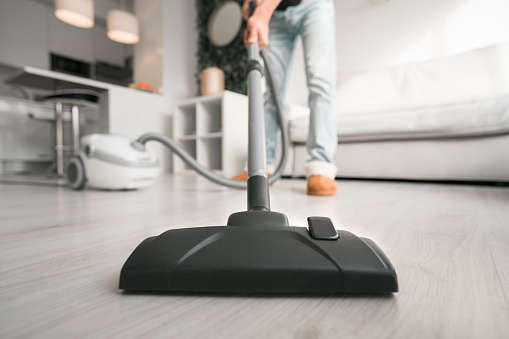
Mixture/ grinder or blender
In a Mixture/ grinder or blender, the electrical energy is given as input to start the cleaner and then energy is converted to mechanical energy. So when mixers and grinders are both powered up, the blades will spin. The engine will aid in the conversion of electrical to mechanical energy.
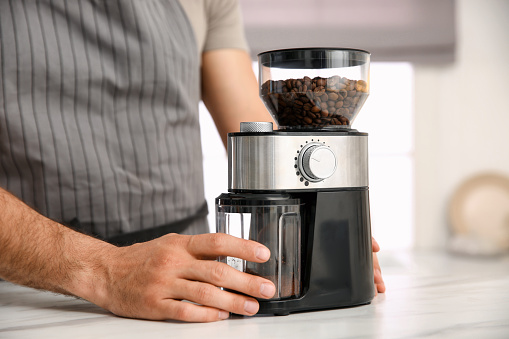
This aids in the creation of blade spinning, which grinds the components. Kinetic energy (motion energy) and potential energy are two types of mechanical energy (stored energy of position).
Electric rikshaw
In electric rikshaw, the electrical energy is given as input to start the cleaner and then energy is converted to mechanical energy. The engine, regulator, harness, cells, and throttle are the primary electrical components that make up the powertrain. Any discrepancy between these components is unwelcome and might jeopardize vehicle efficiency.
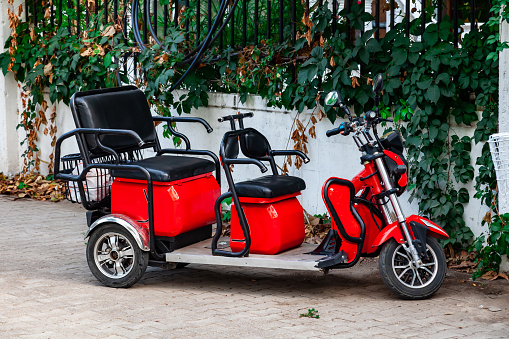
Unlike traditional auto-rickshaws, the operation of an e-Rickshaw is dependent on a DC motor, battery, and control system. It has a Brushless DC engine with a split system at the back wheels that ranges from 650 to 1400 Watts. In Indian towns, the electrical system is 48V.
Electric fan
An electric fan’s motor converts electrical energy into mechanical energy. The electric fan’s capacitor first torques up the electric motor, forcing it to begin and operate. When energy enters the motor, it travels via a metal frame wrapped in loops of wire. When electricity runs over a wire, it creates a magnetic field that exerts force clockwise.

In this method, electrical power is converted to mechanical power, causing the motor loops to rotate. With the spinning of the coils, the blades attached to the motor begin to move. fan’s capacitor first torques up the electric motor, forcing it to start and operate. When the electricity strikes the motor, it passes through coils of wire looped around with a metal structure.
When electricity runs over a circuit, it creates a magnetic field that exerts force clockwise. In this method, electric energy is converted to mechanical power, causing the motor loops to rotate. With the whirling of the coils, the rotors connected to the motor begin to move.
Washing machine
Electrical power is transformed to mechanical power whenever we operate a washing machine. Heat is produced by mechanical energy. A washing machine works on the concept of centrifugation. Centrifugation is a separating technique that employs centrifugal force to facilitate rapid particle settling in a solid-liquid combination.
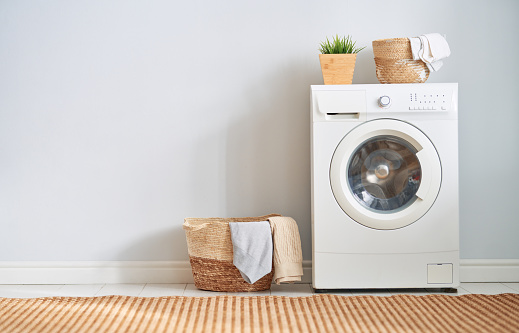
Utensils dishwasher
Electrical energy is transformed into rotating kinetic energy in older washing machines. Electrical power is converted to kinetic power in today’s washing machines, which can be transmitted to mechanical power, which is finally converted to heat energy.
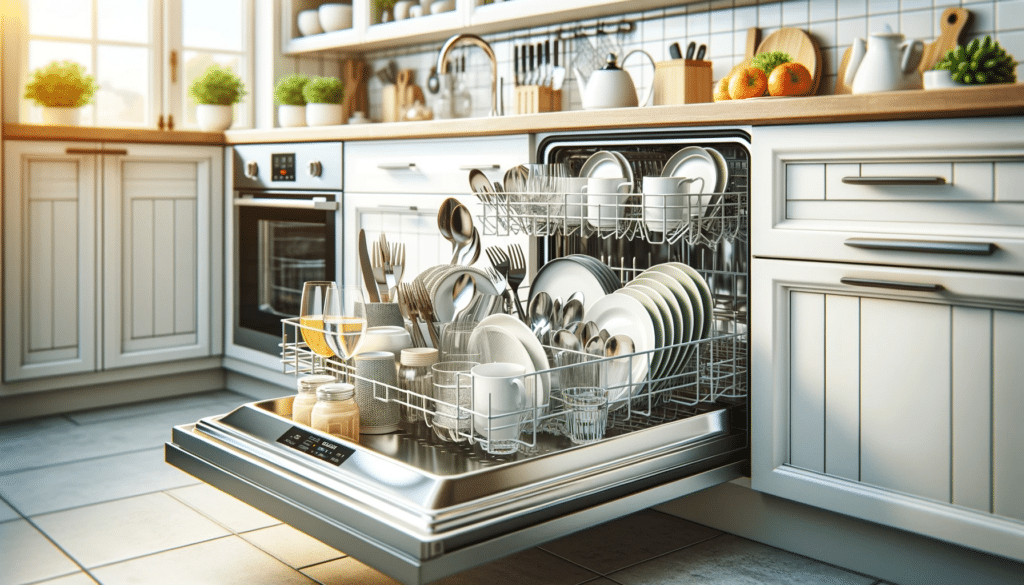
Electric swing
In fairs during festivals, we see big spinning wheels run by electricity. Every group of people whether children or adults enjoy at least ten minutes ride in spinning wheel. That big wheel is started by giving electricity through which it starts rotating and after two minutes the speed is increased to make ride more fun. Electrical power is turned into mechanical power in this technique.
Shaving trimmer
The moveable blade oscillates at a fast rate thanks to the DC motor. Trimming occurs when the moveable and fixed blades collide, squeezing the hair away from the skin. The blades are fine enough to avoid pulling the hair cells and producing bruising on the face.
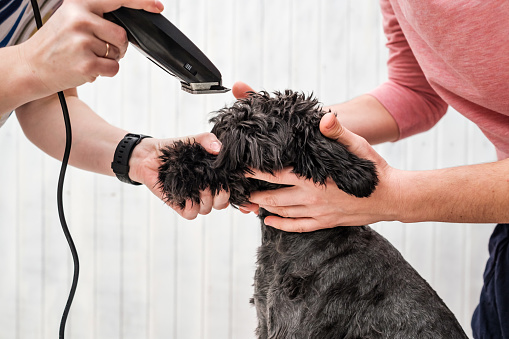
Roller coaster
A motorized coaster’s train normally gets its electricity from connections in the tracks (much like an electric locomotive or a monorail) and may have many motors. A flexible wire linked to the train powers certain motorized coasters. The roller train gets powered by electricity and result into movement.
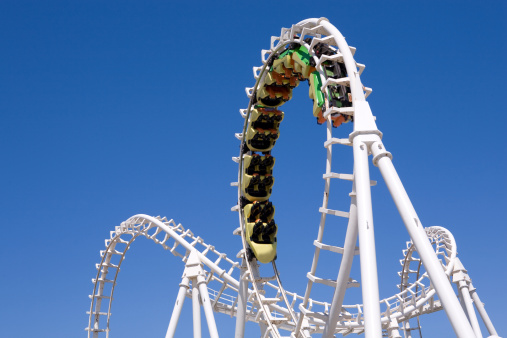
Frequently asked question |FAQs
Ques. What technology is used to transform electrical energy into mechanical energy?
Ans. Electric motors
Electric motors are the best option. An electric engine converts electric power into mechanical power. In all-electric engines, the interaction between the magnetic field of the engine and the electric power in a wire wrapping creates a force in the form of torque transferred to the motor’s shaft.
Ques. What is the mechanism through which a solenoid converts electrical energy into mechanical power?
Ans. When the coil is given an electrical source, a magnetic field forms around it, drawing the plunger in. To explain it a different way, a solenoid converts electrical power into mechanical action. The magnetic field intensity attracts the pusher to the stop, giving the mechanical force needed to accomplish work.
Ques. What are the three different kinds of mechanical energy?
Mechanical power includes potential energy, kinetic energy, and spring energy. Sound and light are two examples of additional forms of energy. Nuclear energy, for example, is a form of mass energy.
Ques. Explain how washing machine works in detail?
Ans. Electric power is converted to mechanical power when you operate a washer.
Heat is produced by mechanical energy. A washing machine works on the concept of centrifugation. Centrifugation is a separating technique that employs centrifugal force to facilitate rapid particle settling in a solid-liquid combination.
The vertical axis washer, which sets the clothing in a vertically placed perforated basket housed within a liquid tub, is the most notable characteristic of these washers. In the middle of the basket’s bottom, a finned water-pumping stirrer is inserted. The clothing is inserted via the top of the washer, which is normally covered by a hinged door, but not always.
Throughout the washing process, the agitator’s rotation forces water to circulate, creating a centrifugal force that propels water outwardly between both the paddles and towards the tub’s edge. Since prolonged movement in one way would result in the liquid whirling about the carrier with the stirrer instead of being pushed in a torus-shaped motion, the agitator direction is occasionally reversed.
Some washers assist flow water down in the middle of the basket by supplementing the agitator’s water-pumping motion with a big revolving blade on the spindle above the agitation.
Also Read:
- Example of potential energy to light energy
- Energy and wavelength relationship
- Mechanical energy to kinetic energy
- Example of electrical energy to heat energy
- Does active transport require energy
- Radiant energy to chemical energy
- Example of radiant energy to mechanical energy
- Elastic potential energy examples
- Can potential energy be negative
- Chemical energy to light energy
I am Sakshi Sharma, I have completed my post-graduation in applied physics. I like to explore in different areas and article writing is one of them. In my articles, I try to present physics in most understanding manner for the readers.